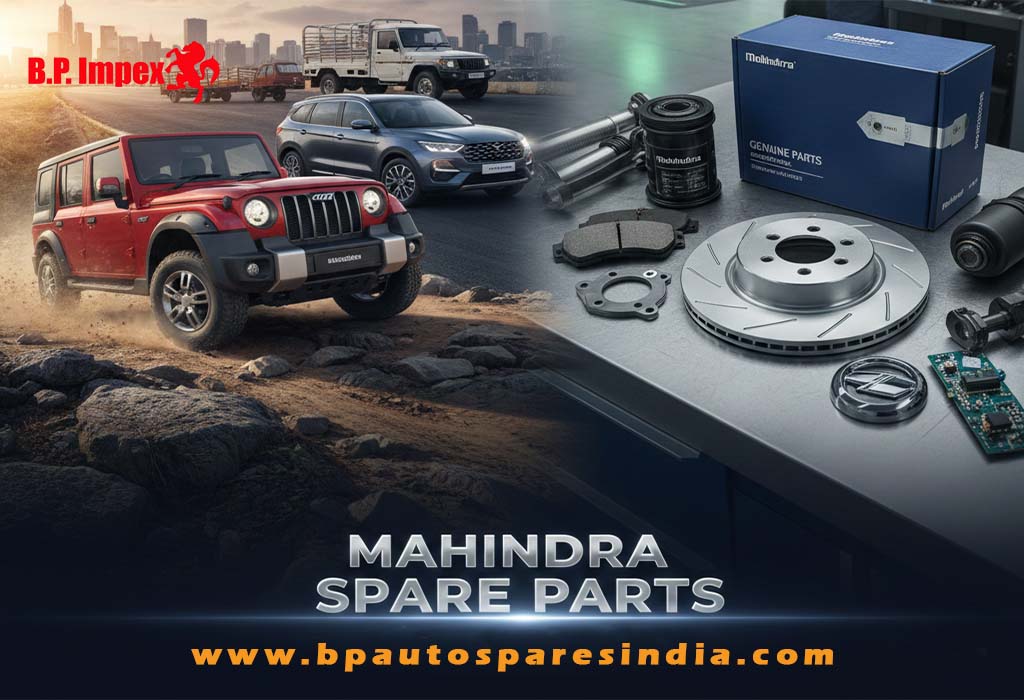The car experts of the leading Man spare parts dealers explain that the modern vehicles come with an engine block and a cylinder head. The Head Gasket performs the task of joining these two by acting as a seal between them. The Head Gasket is engineered to sit between an engine block and a cylinder head and is a machined metal alloy casting used for an internal combustion engine. The primary function of a head gasket is to seal the passage of oil directly from the coolant passage so that the oil does not get mixed with the coolant as the two fluids travel from the engine block to the cylinder head.
What does a head gasket do?
The head gasket needs to be powerfully engineered and structured so that they can effectively prevent leakage between crucial engine parts. The head gasket ensures that maximum compression can be achieved so the engine can be made available to multiple other elements of a vehicle such as fuel, oil, water and exhaust gases. Every vehicle should be equipped with a solid head gasket in order to block the passage of water and oil through an engine block and cylinder head of an engine.
Why do Head Gaskets Fail?
The head gasket helps in maintaining a compression ratio within the internal combustion engine. This function makes the head gasket a quintessential part of the vehicle’s engine system. A gasket can fail or break down for a quite number of reasons. One of the most popular reasons for head gasket failure is the overheated engine. When the engine is heated beyond its actual limit, the metal of the engine block and head expands. Since the head is placed right between the engine block and cylinder head, the expansion pinches the head gasket to the point of failure.
Also Read: Let’s Understand Intelligent Transportation Systems (ITS)
Another major cause of head gasket failure is the engine pre-ignition or detonation. These both scenarios happen because of the out-of-time combustion occurring in the cylinders. An internal combustion is supposed to take place when both the valves are closed and the piston lies on top of its power stroke. The out-of-time internal combustion puts a lot of pressure on the valves, a piston as well as the head gasket. Also, engine overheating can also lead to the engine pre-ignition or detonation.
What Happens If Head Gasket Fails?
The head gasket failure will lead to the mixing of all the three liquids- water, oil and coolant which will stop the overall functioning of the engine and can also lead to long-term deficit.
Is Head Gasket Replacement Expensive?
Head gaskets are the mere castings; therefore they do not cost much themselves. The entire amount that the person has to bear to get them replaced comes from accessing the head gasket alone. The head gasket replacement requires the major operation of removing an engine’s head.
The head gasket replacement is not an easy task that any do-it-yourselfer can do. It requires complete knowledge of the working of the vehicle and what happens under the hood of the car. Head gasket failure brings with it a huge basket of troubles that can only be revealed after removing the head of the cylinder.
Material Required
- Screwdrivers
- Socket wrenches and driver
- New head gasket
- Drain pan
- Service manual
- Torque wrench
- Mechanic’s tool set with several socket and wrench combinations
- Coolant
- Engine Oil
- Drip Pans
- Safety Glasses
- Latex Gloves
Also Read: What purposes do an Engine Lubrication System Serves?
Steps to Replace Vehicle’s Head Gasket
- Getting under the hood of the car, the first thing you should do is disconnect the negative battery terminal. The disconnection will ensure that you do not suffer from an electric shock when replacing the worn out head gasket.
- Place the drain pan underneath and open the valve so that the coolant can pour out. Coolant is a toxic substance so make sure you do not spill it on the ground. Store it in a spare container and dispose it off responsibly.
- Now remove the airbox and the intake hose with the assistance of wrenches by loosening the relevant bolts.
- Next, remove the compressor for the air conditioner by removing the bolts with the help of a wrench so that you can gain access to the cylinder head.
- After this with the assistance of a screwdriver remove the water pump hose by loosening the clamp.
- Once the water pump hose is disconnected, you need to remove the alternator partially. You don’t need to remove the complete harness, just remove the bolts and let it stay on the radiator hoses.
- To fully access the cylinder head, disconnect all the lines that run to the air conditioner.
- Now comes the difficult part for which you’ll need the help of your vehicle’s service manual. Closely check the entire bolt and screws tightening sequence that hold the cylinder head in place so that you can repeat the process when everything is done.
- Get rid of the old, worn out head gasket and pay attention to the cylinder head as well as the engine box if everything is good and functioning. After inspection, clean the cylinder head carefully and place the head gasket back and tighten the bolts in the correct sequence. The bolts that hold head gasket to the cylinder head are tightened up to a particular pressure so you’ll need a torque wrench for this job.
- Tightening these bolts is a very crucial part because the loose bolts will only lead to yet another blown head gasket.
- Put all the components that you have removed back together and connect all the wires properly in the sequence in which you have removed them.
- Make sure the alternator is tight enough so run properly otherwise get ready for the next replacement.
- Once you are sure that everything is secured in its original position take equal parts distilled water and coolant and fill the radiator.
- Now start your car and let the engine reach its operating temperature, switch it off after 2-3 minutes and again check the coolant level.
For any service related to head gasket, do visit BP Auto Spares India and take a look around at the wide collection of its Man truck parts, Tata Spare Parts, Suzuki Spare Parts, Mahindra Spare Parts and Leyland Spare Parts.







Leave a Reply